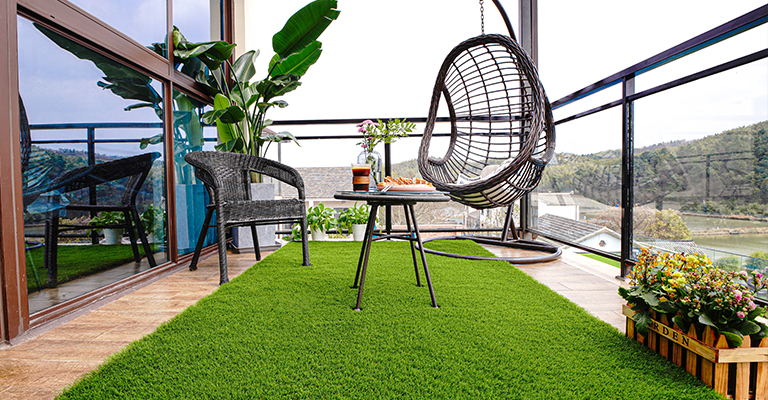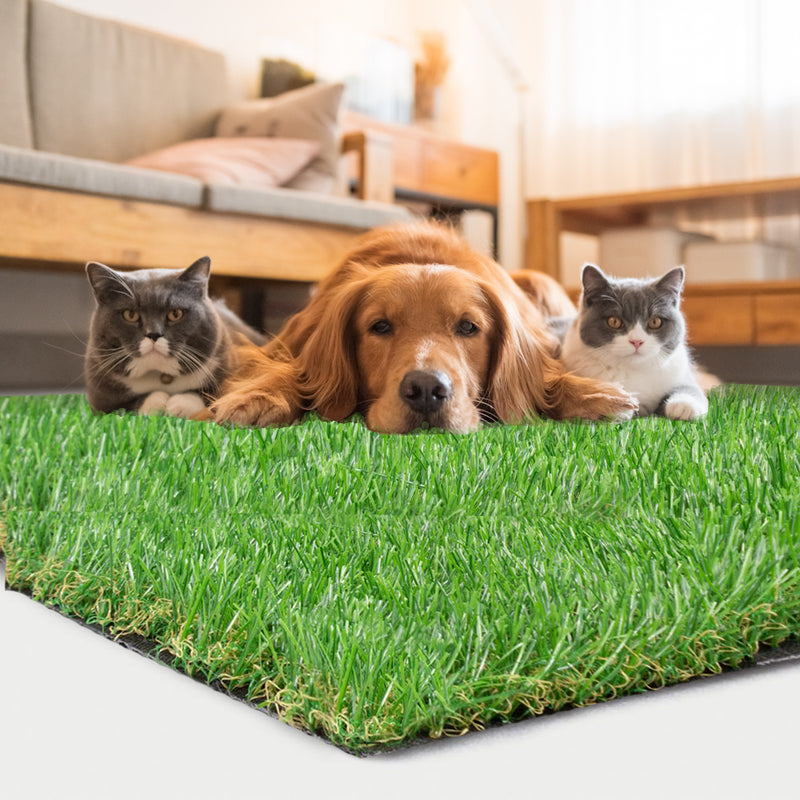Leading Phoenix Turf Companies Offering Premium Synthetic Lawn Solutions
Wiki Article
See Why Homeowners Prefer Artificial Lawn for Lasting Landscaping Practices
As house owners significantly prioritize sustainability in landscape design, man-made grass has arised as an engaging choice to conventional grass. What continues to be to be explored is the complete scope of advantages that synthetic grass can offer to property owners and the setting alike.Water Preservation Conveniences
Among the most significant benefits of synthetic grass is its duty in water preservation. Conventional lawn yards call for considerable quantities of water to maintain their lush appearance, often resulting in overuse of regional water resources, particularly in deserts. On the other hand, synthetic grass eliminates this demand completely, as it does not call for watering. This not just preserves water yet also reduces the strain on local water supply, especially throughout dry spell problems.Furthermore, the installation of synthetic grass can add to a more sustainable landscape. House owners can dramatically decrease their water costs, permitting reallocation of resources to other ecological campaigns or home uses. Furthermore, synthetic grass is made to withstand different weather conditions without the demand for extra watering, making it an ideal selection for regions encountering water deficiency.
The environmental benefits expand past instant water financial savings. By lowering water consumption, synthetic grass aids to alleviate the influences of climate modification, protecting important environments that are endangered by excessive water removal. As sustainable landscape design methods gain grip, synthetic grass becomes a responsible selection for property owners seeking to produce green outside spaces.
Lowered Maintenance Initiatives
Synthetic grass considerably minimizes upkeep initiatives compared to standard lawn yards. With man-made turf, home owners can eliminate the lengthy jobs connected with natural landscaping, such as mowing, feeding, and weeding. This not just conserves important time however additionally reduces physical labor, making lawn care easily accessible for people of all ages.One of the most significant benefits is the lack of normal mowing. Traditional lawns require regular trimming to preserve a visually pleasing elevation, whereas fabricated lawn continues to be consistently lush without the need for cutting. Additionally, property owners no longer need to apply pesticides or plant foods, which are usually called for to maintain all-natural lawn healthy and balanced. This shift not only lightens the workload but also advertises a neater, extra consistent look year-round.
Moreover, synthetic grass is durable and resistant, needing minimal maintenance beyond periodic brushing and washing to eliminate particles. This simplicity of upkeep enables homeowners to appreciate their outdoor areas without the constant fear of upkeep, giving more time for recreation and household tasks. Ultimately, the minimized upkeep efforts connected with synthetic lawn make it an attractive option for those seeking a low-maintenance, aesthetically appealing landscape.

Environmental Effect Decrease
There is a growing recognition of the ecological benefits related to synthetic grass, particularly in terms of water preservation and reduced chemical use. Standard lawns need significant quantities of water, especially in drought-prone regions, resulting in increased pressure on local water resources. In contrast, synthetic grass removes the requirement for irrigation, considerably reducing water consumption and promoting sustainability.Additionally, traditional lawn maintenance usually entails the application of fertilizers, herbicides, and chemicals, which can add to dirt and water air pollution. Synthetic grass mitigates this environmental risk by calling for minimal upkeep and practically getting rid of the demand for damaging chemicals. This not only improves dirt wellness however additionally protects regional environments from toxic drainage.
Moreover, the manufacturing of natural turf yards commonly includes the usage of nonrenewable fuel sources for trimming and landscaping tools, additional adding to greenhouse gas exhausts. By choosing synthetic grass, property owners can dramatically lower their carbon footprint associated with lawn treatment tasks.
Aesthetic Charm and Convenience
Along with its environmental benefits, man-made turf provides considerable visual appeal and flexibility for landscaping. Home owners can attain a rich, that site environment-friendly appearance year-round, eliminating the seasonal variations generally related to natural grass. This regular visual not just improves the visual appeal of a residential or commercial property yet additionally adds to a properly maintained and sleek appearance.
Moreover, synthetic turf is readily available in a range of textures, shades, and styles, enabling personalization to suit private choices and design styles - Arizona turf. Whether used in residential gardens, business Website spaces, or recreational locations, it can effortlessly integrate right into diverse landscaping styles, from modern minimalist to lush tropical setups
The convenience of synthetic grass prolongs past mere appearance; it can be mounted in numerous places, including roofs, outdoor patios, and even interior areas, creating possibilities for special landscaping solutions. In addition, it is appropriate for a variety of tasks, from kids's backyard to pet-friendly atmospheres, providing capability without jeopardizing design.
Eventually, the visual charm and versatility of synthetic grass make it an eye-catching choice for homeowners looking for lasting landscaping remedies that do not compromise elegance for environmental duty.

Long-Term Price Cost Savings
One of one of the most compelling benefits of artificial lawn is its potential for lasting expense financial savings. Unlike natural grass, which needs regular upkeep-- including mowing, watering, fertilizing, and parasite control-- synthetic grass substantially decreases these recurring expenses. House owners can save a considerable quantity on water bills, specifically in areas where water scarcity is a pushing concern. The elimination of grass care services additionally adds to monetary cost savings, as there is no need for specific tools or labor.Additionally, man-made lawn has a life-span of 15 to 25 years, depending on its quality and usage. This longevity minimizes replacement costs, making it a more economical choice in the long run. Additionally, the preliminary investment in synthetic grass can commonly be recovered with the cost savings accumulated in time.
While the upfront price might seem higher compared to turf installment, the collective cost savings from decreased maintenance and water use usually surpass these preliminary expenditures. Inevitably, the adoption of synthetic lawn not just promotes a lasting landscape design option yet also uses property owners a financially wise choice that aligns with lasting budgeting goals.
Verdict
Synthetic grass becomes a compelling option for lasting landscaping, using significant benefits in water conservation, minimized basics maintenance efforts, and diminished environmental influence. Its aesthetic allure and adaptability enhance the visual landscape while straightening with modern sustainability objectives. Long-term cost financial savings add to its good looks for property owners. As areas increasingly prioritize ecologically pleasant practices, the adoption of man-made lawn represents a progressive action towards attaining durable and lasting landscapes.Additionally, synthetic turf is developed to endure various climatic conditions without the demand for supplementary watering, making it an ideal choice for areas encountering water shortage. (Phoenix turf companies)

Artificial lawn emerges as a compelling alternative for sustainable landscape design, using considerable advantages in water preservation, minimized maintenance initiatives, and decreased ecological effect.
Report this wiki page